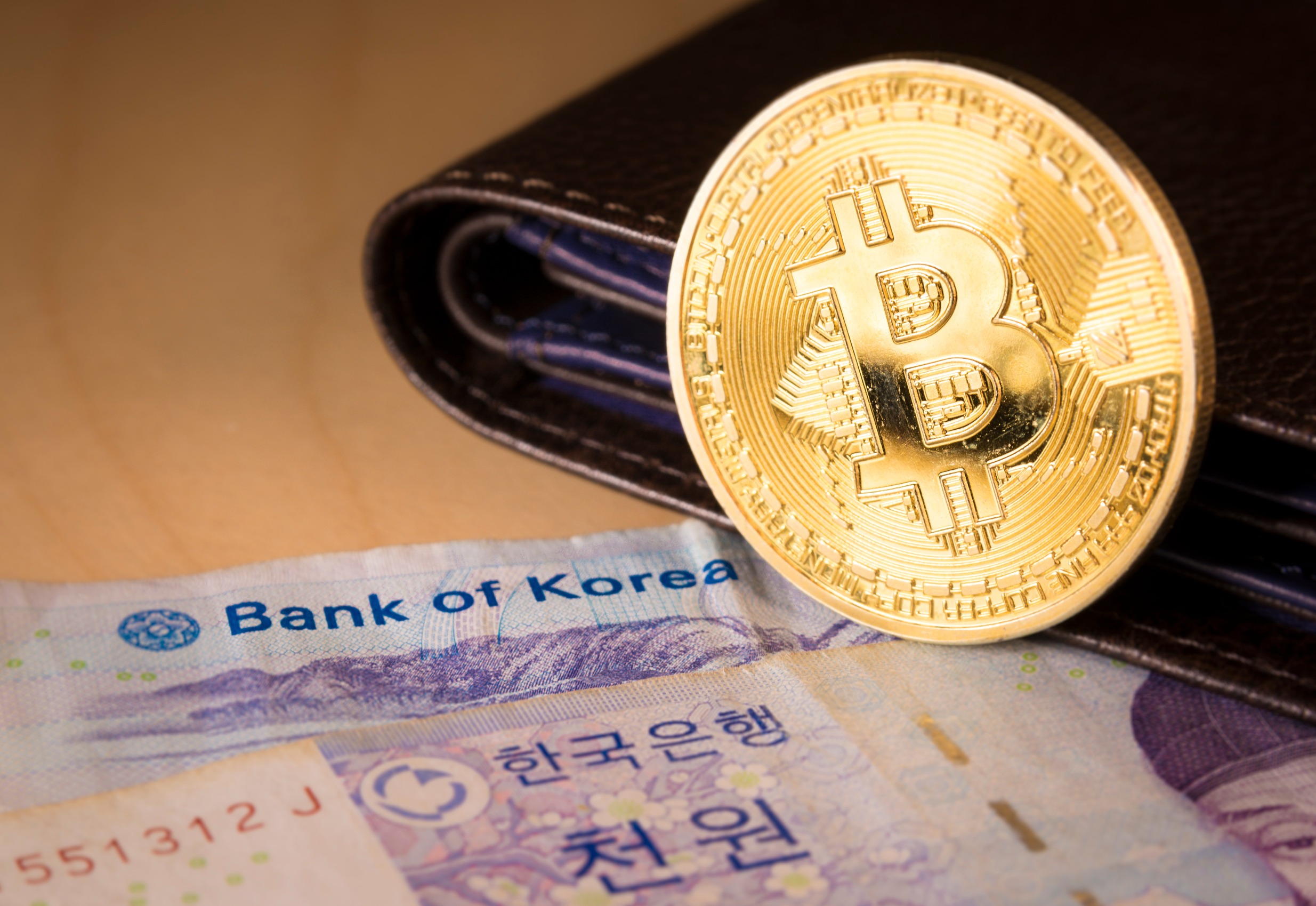South Korea’s income disparity widens, bonuses reflect wage trends

South Korea’s top 0.1% of bonus earners received an average of 685.26 million won (US$515.06 thousand) in 2022, a stark contrast to the median bonus amount of 4.34 million won (US$3261.43) among employees.
This was data released in a report by the National Tax Service of South Korea. It was highlighted by Representative Yang Gyeong-suk, a politician of the Democratic Party of Korea, as increasing concern about the growing polarisation in employee compensation within the country.
The recent analysis of the recent National Tax Service report showcases a significant divide in bonus payments received by South Korean employees. While the median bonus saw a modest increase of 7.1% from 2020, the bonuses of the elite 0.1% of employees surged by 24.9%. The gap is further emphasised after comparing the average bonus of the top 0.1% to the median bonus, revealing a jump from 135.5 times in 2020 to 157.9 times in 2022.
In comparison, the bottom 20% of earners received an average bonus of merely 370,000 won (US$278.02) each, further highlighting the income inequality.
This analysis, shared Yang, reveals broader issues of income disparity gaps in South Korea, with bonus distribution trends mirroring those of wages. The top 0.1%’s bonuses constituted a significant 6.2% of the total bonus pool, while the top 1% and top 10% accounted for 15.4% and 52%, respectively. This concentration of wealth among a small percentage of employees is starkly different from most employees.
READ MORE: Income gap between genders in rural India still wide
The new data, reported BNN, is grounds to deeply reflect and reconsider the income inequality in effect in South Korea, as well as reconsider the systematic solutions needed to address this, as it raises questions on the long-term sustainability of such income gaps within South Korea’s economy.



